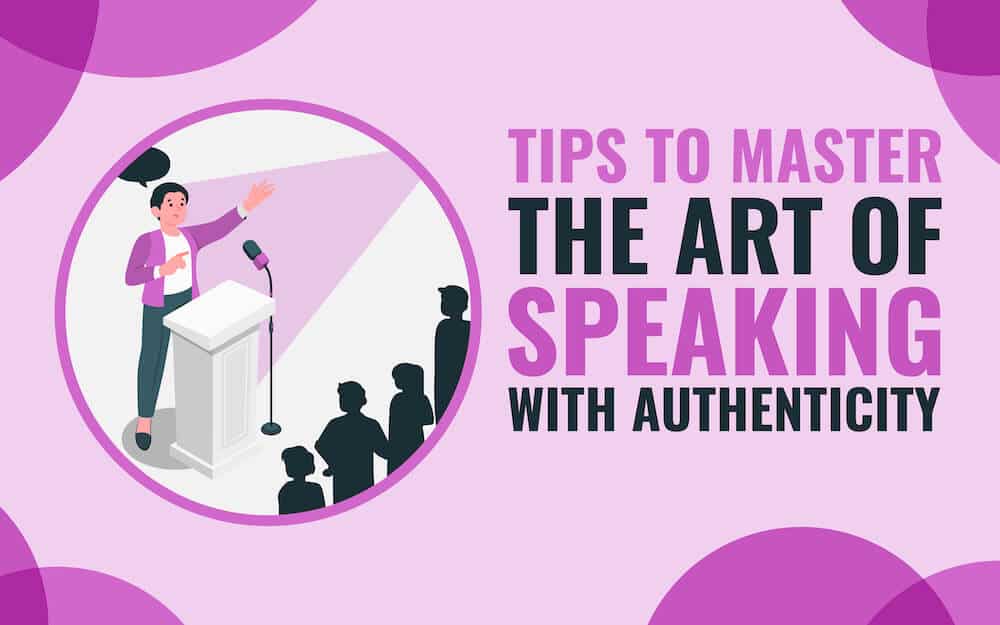
In Quiet: The Power of Introverts in a World That Can’t Stop Talking, author Susan Cain offers considerable insight into how introverts think and go about their work life, including the challenges they face when making speeches and other public presentations.
She also gives us a key to a solution.
Cain reminds us that introverts, who generally need downtime and alone time to recharge creatively, can conquer any fear through “desensitization.”
That’s another way of saying that if you are an introvert and you practice something you fear over and over again, it will become easier and you will be able to accomplish it admirably.
Applied to the concept of public speaking challenges faced by introverts, the secret to reducing anxiety is to prepare excessively and practice unrelentingly. The more comfortable you are with what you are going to present and how, the better the speech will go.
You can do this by starting to prepare your speech as far in advance of the delivery date as possible. You are not going to be the person who dashes off a few words on a napkin at breakfast and stands up at mid-morning break and delivers a glowing presentation.
Instead, you are the person who considers the topic, conducts additional research, considers what you already know about the issue, and then carefully and logically builds your presentation. It is very helpful for an introverted person to build a speech around steps.
In the first paragraph, you state your topic and the essence of what you are going to talk about, and then present five or seven or even 10 steps that take you logically to your conclusion.
This works particularly well if you are nervous when you start the speech. You know that you are not lost in some horrible open space behind a podium. Rather, you are contained within a defined number of points. As you present each one you are closer to the end.
Introverts, according to Carl Jung who first used the label in his book Psychological Types back in the 1920s, are worried about small talk and public speaking because they are afraid of how other people will perceive them.
One way for introverted presenters to overcome that is to videotape themselves as they practice and then analyze how they look.
In preparing the message of the speech, it’s a good idea as well for the introvert to consider what the audience likely wants to hear, and if that is the core of their message, that will give them a confidence boost.
One the remarks have been written and any audio-visual material or PowerPoint prepared, the introverted presenter can add to their comfort and confidence factor by physically visiting the location from which the speech will be delivered.
Walk up the steps to the stage, stand behind the podium, get a feel for its height and where to put your hands, see how the technology of the microphone and computer or slide-show setup works. Do an audio test and record it to get a feel for how your voice will be heard by others.
All of these advance preparations will each serve to lessen the anxiety of the introvert presenter.
You may wish to advise the organizers that you are not comfortable handling a question and answer session after the delivery of your presentation. There are a number of ways to get around this and still appear accessible.
You can ask the host of the event to say that time does not allow you to participate in a question and answer session (you can always have a plane to catch or a sick relative you must see), but you graciously will leave your personal email and if someone has questions they can email them to you and you will get back to them.
If even that is too much additional contact with your audience, your host can wrap up the program by saying that if the audience wishes to learn more of your thoughts on this subject, they can consult your book (if you have one) or your blog (if you have one) or even an article published in a trade journal, copies of which are available at the back of the room.
You can even make summaries of your 10 key points available as handouts at the end of the evening, since if you are a typical introvert, the only thing you will dread more than delivering the presentation is making small talk with your audience afterwards.
Above all, remember to smile and consciously slowly exhale and lower your shoulders and body tension as you stand up to deliver your presentation. By appearing relaxed and confident, you may be more inclined to feel that way.



